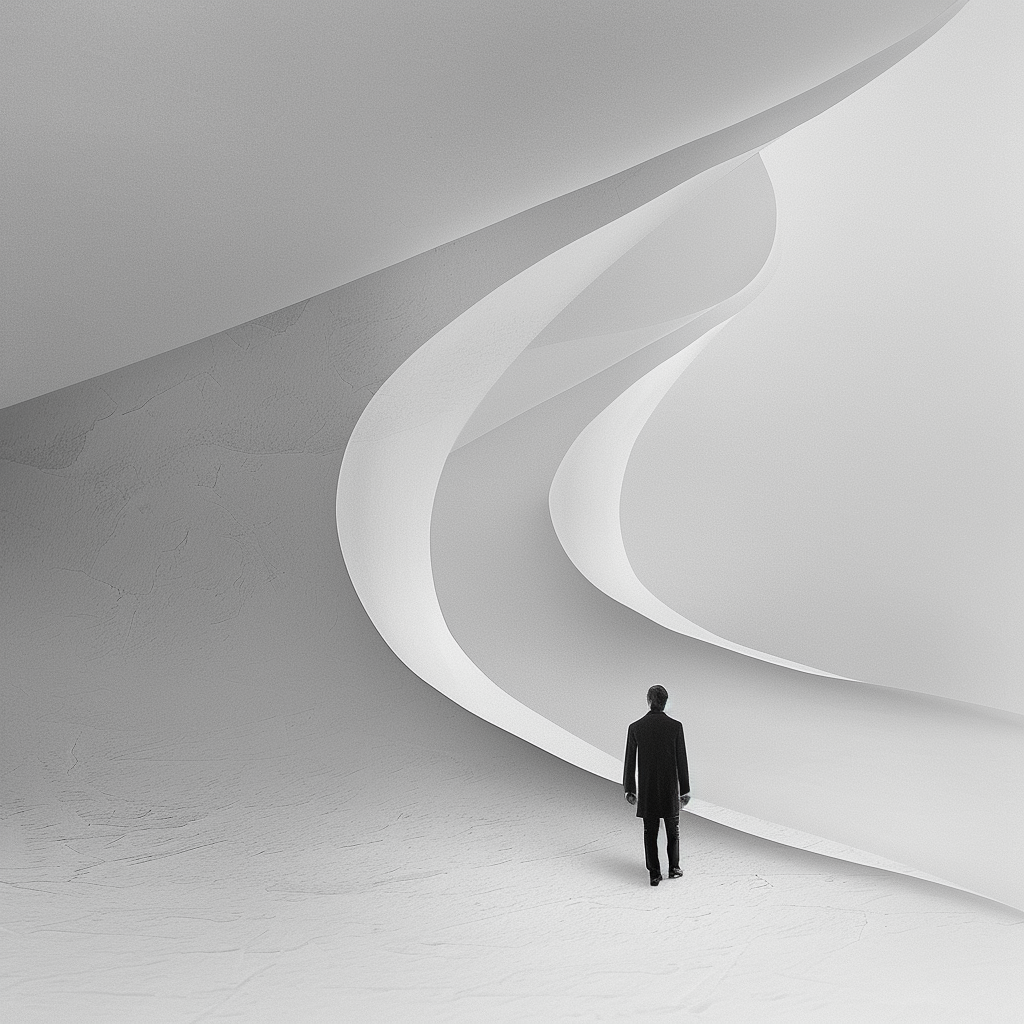








In this "SUBTLE" exhibition, we witnessed the infinite possibilities of paper, a material commonly regarded as mundane. Through the ingenious hands of designers and artists, paper revealed its unique charm and profound significance. Each piece represented a deep exploration and interpretation of the beauty in subtlety.
As a designer who cherishes paper, I understand that design is not merely a fusion of form and function but a symphony connected to philosophy, culture, and the deep-seated needs of humanity. The "SUBTLE" exhibition aimed to showcase the diversity of paper and its rich cultural underpinnings. From the delicate touch to the layers of colors, from the stillness of shapes to the dynamics of change, every aspect of paper is an observation and experience of the world's subtle nuances.
This exhibition was not only an exploration of paper as a material but also an homage to Japanese minimalism. Minimalism is not about simple reduction but a method to achieve richness in spirit and an exploration of the inner world by means of subtraction. At the exhibition, we invited visitors to slow down, observe carefully, and appreciate the beauty in details that might be overlooked in daily life.
Paper flowers, the play of light and shadow on paper, paper installations... Each piece expanded and deepened the concept of "subtlety." They were not just physical displays but also conveyed thoughts and emotions. As I pursue in other design works, design should transcend its material form, touching the viewer's heart, provoking thought, and resonating emotionally.
This exhibition was also a reflection on paper. In our increasingly complex modern society, design should not only solve problems but also serve as a bridge connecting people, nature, and society. Through "SUBTLE," we hoped to inspire more people to discover the unnoticed beauty in life, to feel the simple and pure joys.
With "SUBTLE," I wanted to convey an idea: In this rapidly changing era, what we may need is not more information or noise but a design philosophy that guides us back to our inner selves, seeking tranquility and clarity. Let's explore the seemingly insignificant yet deeply meaningful "subtleties" on paper together.






在這次的「SUBTLE」展覽中,我們見證了紙張這一日常材料的無限可能。 紙,一種被普遍認為平凡無奇的存在,在設計師和藝術家的巧手下,展現出了其獨特的魅力和深邃的意義。 每一件作品,都是對「細微之美」的一次深刻探索與詮釋。
身為愛紙的設計者,我深知設計不僅是形式和功能的結合,更是與哲學、文化和人類深層需求連結的交響樂。 在「SUBTLE」展覽中,看見力求展現紙的多樣性和背後的深厚文化底蘊。 從細膩的觸感到色彩的層次,從靜物的形態到動態的變化,紙的每一面都是對世界細微之處的觀察和體驗。
這次展覽不僅是一次對紙材料的探索,更是一次對日本極簡主義的致敬。 極簡不是簡單的刪減,而是透過減少來達到一種精神的豐富和內在的世界的方法。 在展覽現場靜下心來,仔細觀察,感受那些在日常生活中可能被忽略的細節之美。
紙花、紙上的光影、紙製的裝置藝術...每一件作品都是對「細微」概念的一種擴展和深化。 它們不僅是物理形態上的展示,更是思想和情感的傳達。 正如我在其他設計作品中所追求的,設計應超越其物質形態,觸及人的內心,引發觀者的思考和情感共鳴。 此次展覽也是對「紙張」的深思。 在日益複雜的現代社會中,設計不應只滿足於解決問題,更應成為連結人與人、人與自然、人與社會的橋樑。
透過「SUBTLE」,我們希望能夠啟發更多的人去發現生活中的不經意之美,去感受那些簡單而純粹的喜悅,在這個快速變化的時代中,我們需要的可能不是更多的訊息和噪音,而是一種能夠引導我們回歸內心,尋找平靜和清晰的設計哲學。 讓我們一起在紙上探索那些看似微不足道,實則蘊含深意的「細微之處」。


